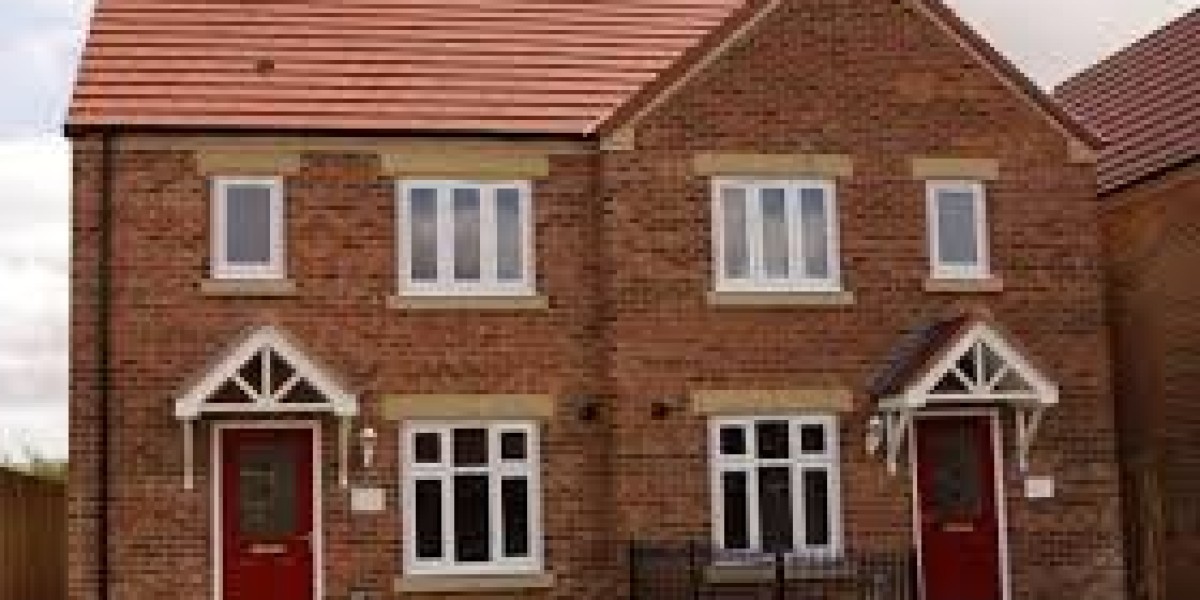
Aluminium windows have emerged as a popular choice in modern architecture, combining aesthetic appeal with robust functionality. As urban areas continue to grow and evolve, the demand for versatile building materials that offer both performance and style is increasing. This article explores the properties, advantages, and applications of aluminium windows, highlighting their significance in contemporary construction.
Properties of Aluminium
Aluminium is a lightweight, durable, and corrosion-resistant metal, making it an ideal material for window frames. Its natural resistance to rust and weathering allows aluminium windows to maintain their appearance and structural integrity over time. The metal can also be easily extruded into various shapes and sizes, providing architects and builders with flexibility in design. Furthermore, aluminium has a high strength-to-weight ratio, allowing for larger window spans without the need for additional structural support.
Thermal Performance
One of the primary concerns in window design is thermal performance. Aluminium windows have historically been criticized for poor insulation properties, leading to heat loss and increased energy costs. However, advancements in technology have led to the development of thermally broken aluminium frames, which significantly improve their energy efficiency. These frames incorporate a plastic thermal break between the interior and exterior sections of the window, reducing heat transfer and enhancing insulation.
The implementation of double or triple glazing further enhances the thermal performance of aluminium windows. By trapping air or gas between layers of glass, these glazing options minimize heat loss and improve overall energy efficiency. Consequently, aluminium windows can contribute to a building's sustainability goals and lower energy consumption.
Aesthetic Versatility
Aluminium windows are available in a wide range of styles, colors, and finishes, making them suitable for various architectural designs. Whether for contemporary, traditional, or industrial aesthetics, aluminium can be customized to meet specific design requirements. The ability to powder-coat aluminium frames allows for a durable finish that resists fading, chipping, and scratching, ensuring that the windows maintain their visual appeal over time.
Additionally, the slim profiles of aluminium frames create a modern look that maximizes natural light and provides unobstructed views. This aesthetic versatility makes aluminium windows a preferred choice for residential, commercial, and institutional buildings alike.
Durability and Maintenance
The durability of aluminium windows is one of their most significant advantages. Unlike wood, which can warp, rot, or require regular painting, aluminium is resistant to the elements and does not require extensive maintenance. A simple cleaning with soap and water is often sufficient to keep aluminium windows looking new.
Moreover, the longevity of aluminium windows contributes to their cost-effectiveness. While the initial investment may be higher than that of other materials, such as vinyl or https://ynaf.org.uk/youth-art-award-royal-norfolk-show-2024/ wood, the reduced maintenance costs and extended lifespan of aluminium windows make them a financially sound choice in the long run.
Environmental Impact
As sustainability becomes a critical consideration in construction, the environmental impact of building materials is under scrutiny. Aluminium is a highly recyclable material, with the potential to be recycled indefinitely without losing its properties. This characteristic significantly reduces the environmental footprint of aluminium windows, as recycled aluminium requires only a fraction of the energy needed to produce new aluminium from raw materials.
Furthermore, the energy efficiency of aluminium windows contributes to a building's overall sustainability. By reducing energy consumption for heating and cooling, these windows help lower greenhouse gas emissions and align with global efforts to combat climate change.
Applications in Modern Architecture
The versatility and performance of aluminium windows make them suitable for a wide range of applications in modern architecture. In residential settings, aluminium windows are often used in contemporary homes, where their sleek design complements minimalist aesthetics. Large sliding or bi-fold doors made from aluminium are particularly popular, as they create a seamless transition between indoor and outdoor spaces.
In commercial architecture, aluminium windows are commonly found in office buildings, retail spaces, and educational institutions. Their durability and low maintenance requirements make them ideal for high-traffic areas, while their aesthetic appeal enhances the overall design of the building.
Aluminium windows are also increasingly used in green building projects. Their energy-efficient properties contribute to achieving certifications such as LEED (Leadership in Energy and Environmental Design) and BREEAM (Building Research Establishment Environmental Assessment Method). As architects and builders prioritize sustainable design, aluminium windows play a crucial role in meeting these objectives.
Conclusion
Aluminium windows represent a synthesis of performance, aesthetic versatility, and sustainability, making them an ideal choice for modern architecture. Their durability, low maintenance requirements, and energy efficiency contribute to the long-term value of buildings, while their design flexibility allows for creative expression in architectural projects. As the demand for sustainable building materials continues to grow, aluminium windows are poised to remain a prominent feature in contemporary construction, bridging the gap between functionality and style. The future of aluminium windows looks bright, as innovations in technology and design continue to enhance their performance and appeal in a rapidly evolving architectural landscape.






